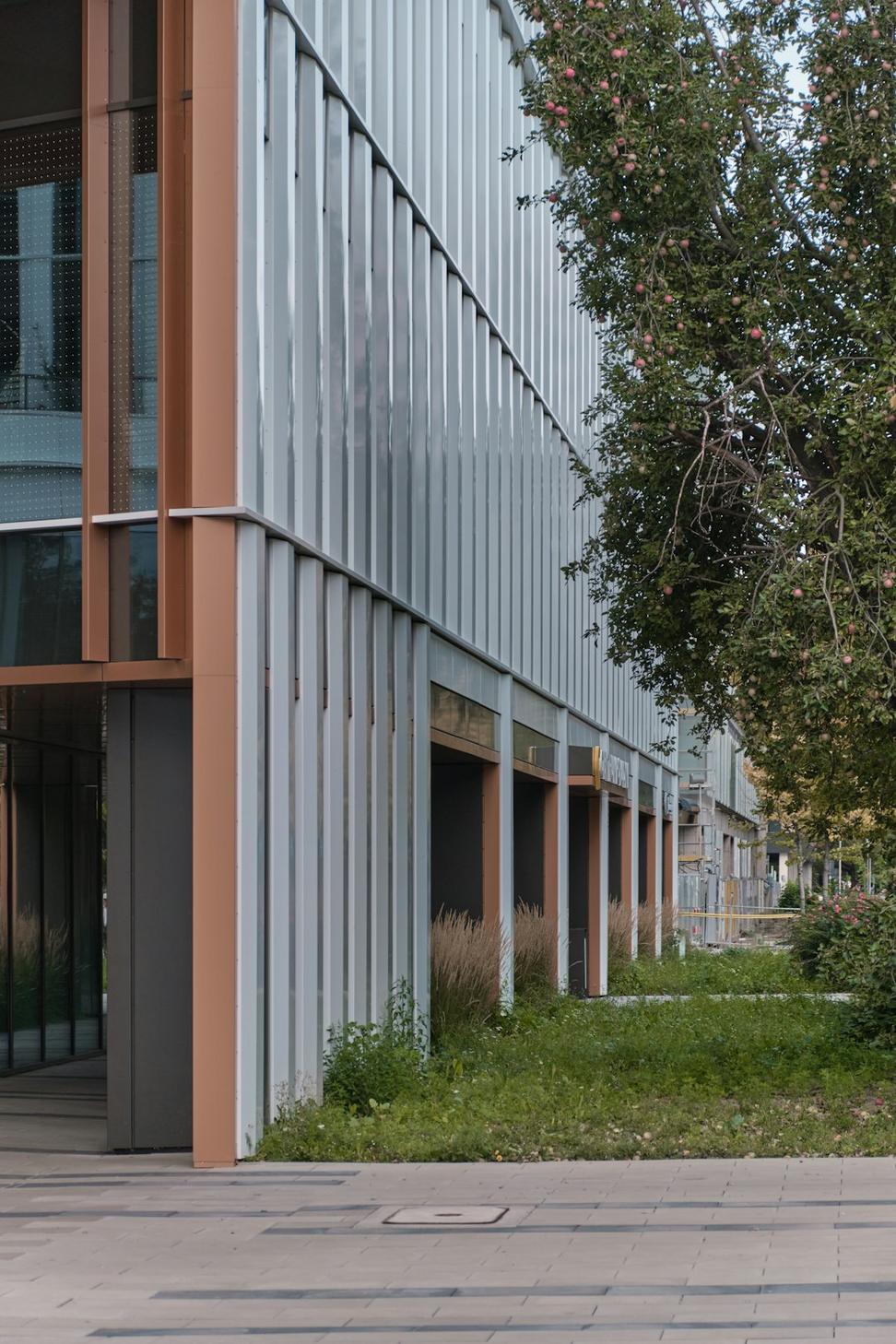
Building Green, Thinking Long-Term
We're not just ticking boxes here - sustainability's woven into everything we do, from the first sketch to the last nail.

We're not just ticking boxes here - sustainability's woven into everything we do, from the first sketch to the last nail.
Look, we've been at this for a while now, and the numbers actually matter. Here's where we stand after a decade of putting sustainable principles into practice:
Average energy reduction across our completed projects vs. conventional builds
Construction waste diverted from landfills through strategic planning and material reuse
Metric tons of CO2 emissions prevented annually through our building designs
Water consumption decrease in our residential projects using smart fixtures and greywater systems
Most Recent Milestone:
Our Queen West mixed-use development just achieved net-zero operational carbon - first in Toronto's heritage district to hit that mark. Took us three years of tweaking, but we got there.
Yeah, we've got the paperwork to back it up. But honestly? These certifications keep us honest and push us to do better work.
Our whole design team's got LEED AP credentials - it's not optional here. We've delivered 23 LEED certified projects, with 8 hitting Platinum level (which, not gonna lie, felt pretty good).
Passive House standards are brutal - in a good way. We've completed 5 certified projects where the heating bill's basically negligible. The envelope detailing gives me nightmares sometimes, but clients love seeing those utility bills.
Active members since 2012, and we're not just paying dues - we actually show up to the meetings. It's how we stay ahead of what's coming down the pipeline with building codes and sustainability tech.
People gotta actually live and work in these spaces, right? WELL certification keeps us focused on air quality, lighting, and all the stuff that makes buildings feel good to be in - not just efficient on paper.
When we're restoring heritage buildings, we work directly with local conservation authorities to make sure sustainability upgrades don't compromise historical integrity. It's a tightrope walk, but that's kinda our thing.
Forget the buzzwords - here's our real approach to sustainable design, learned through trial, error, and a few expensive mistakes we won't make twice.
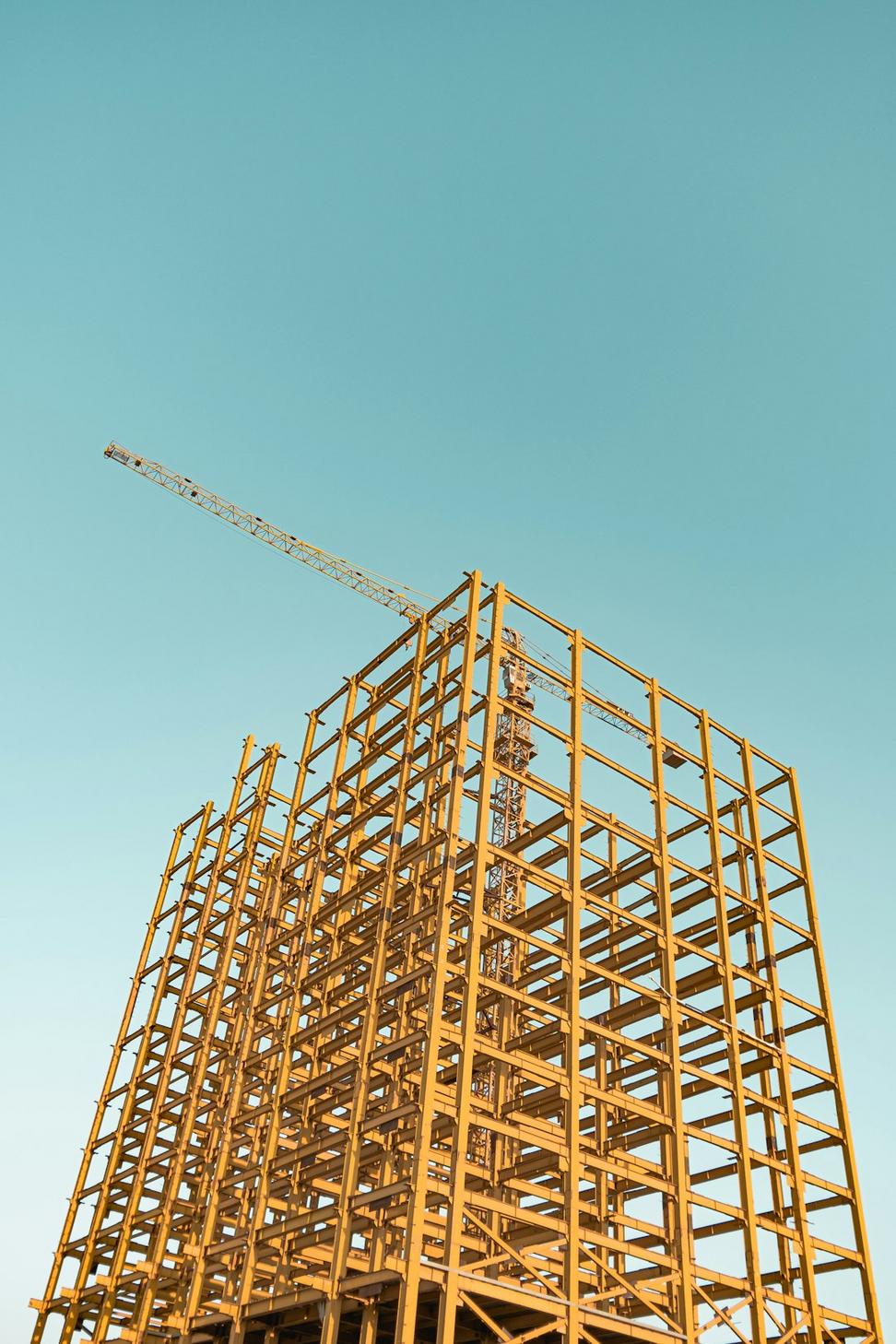
We prioritize local materials - not just 'cause it sounds good, but because shipping marble from Italy for a Toronto project is ridiculous. Reclaimed wood, recycled steel, and low-VOC finishes are our defaults now.
Plus, we've got relationships with salvage yards across Ontario. You'd be surprised what you can find when you're willing to look beyond the big box suppliers.
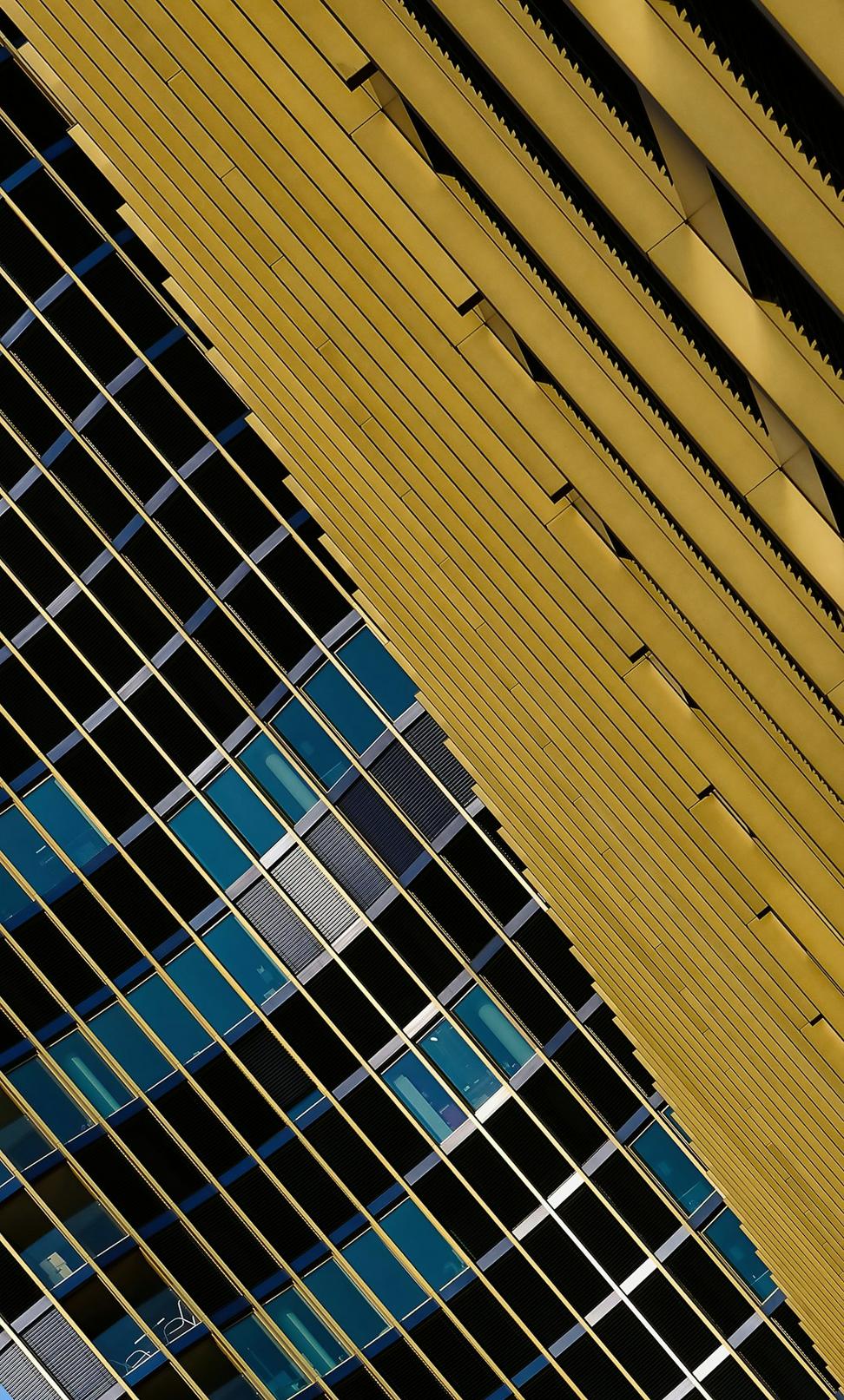
Solar's great, but it's not always the answer - especially in heritage work. We look at geothermal, high-efficiency HVAC, smart building systems, and passive design before slapping panels on everything.
Our energy modeling happens early, not as an afterthought. We've seen too many projects try to bolt sustainability on at the end and wonder why the numbers don't work out.
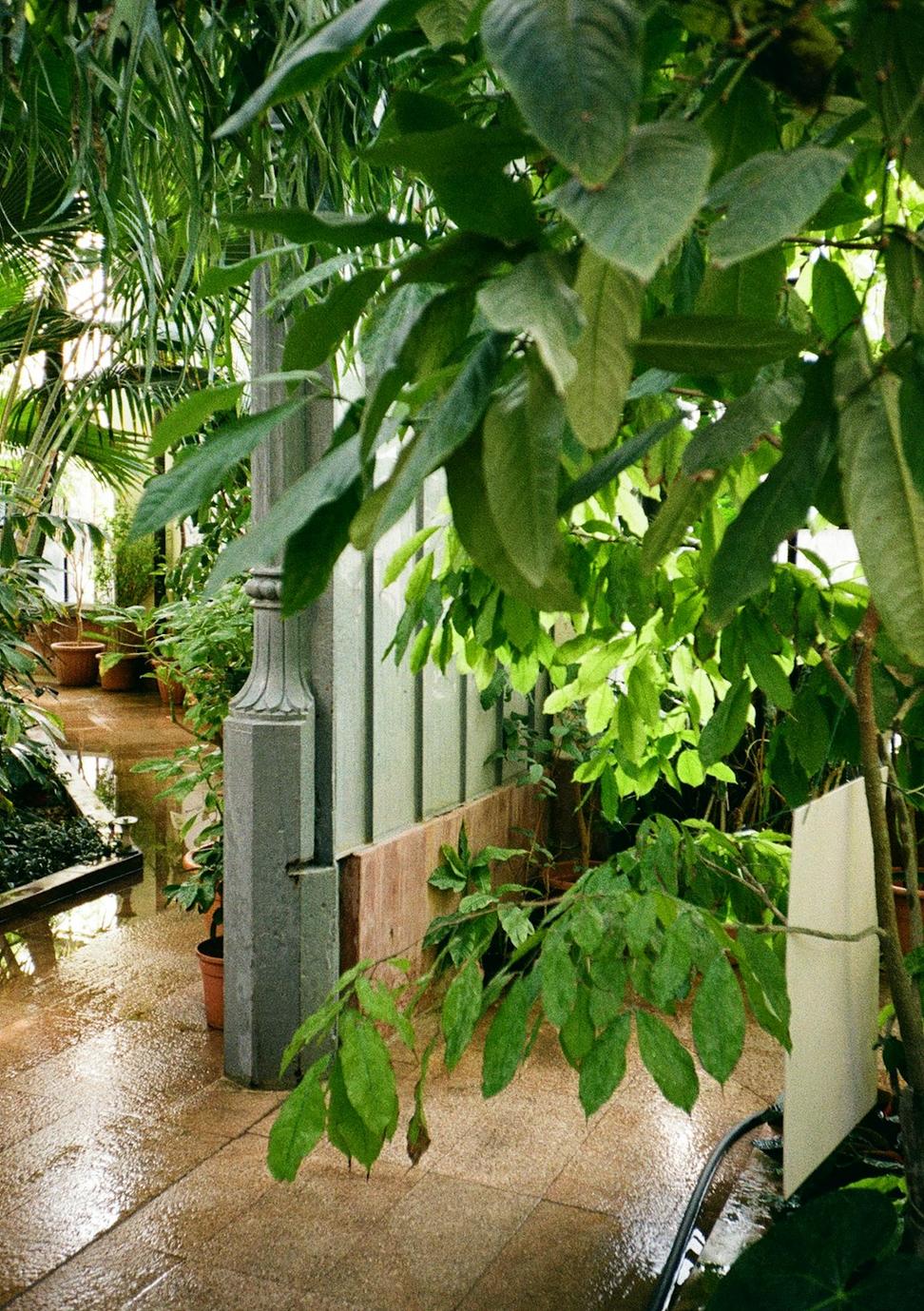
Rainwater harvesting, permeable surfaces, native plantings - this stuff's huge for urban resilience. Toronto gets hit with intense storms now, so designing for water management isn't optional anymore.
Green roofs are tricky in our climate (trust me, we've dealt with the ice dam issues), but when done right, they're incredible for stormwater management and building insulation.
Here's where it gets interesting - and honestly, where we do some of our best work. Making a 100-year-old building energy-efficient without destroying what makes it special? That's the puzzle we live for.
Interior Insulation:
When you can't touch the exterior facade, you get creative inside. High-performance insulation, airtight membranes, and careful vapor barrier placement - it's tedious work but pays off.
Window Restoration:
Original windows can actually be saved - adding storm windows and upgrading glazing beats replacement for both performance and historical value. Plus, those old-growth wood frames? They'll outlast modern vinyl.
Hidden Systems:
Modern HVAC and electrical can hide in existing chases, basements, and attics. Takes more planning, but you don't have to sacrifice functionality for aesthetics.
Adaptive Reuse:
The greenest building's the one that's already built. We've turned warehouses into offices, churches into residences - keeping the embodied energy while giving structures new life.
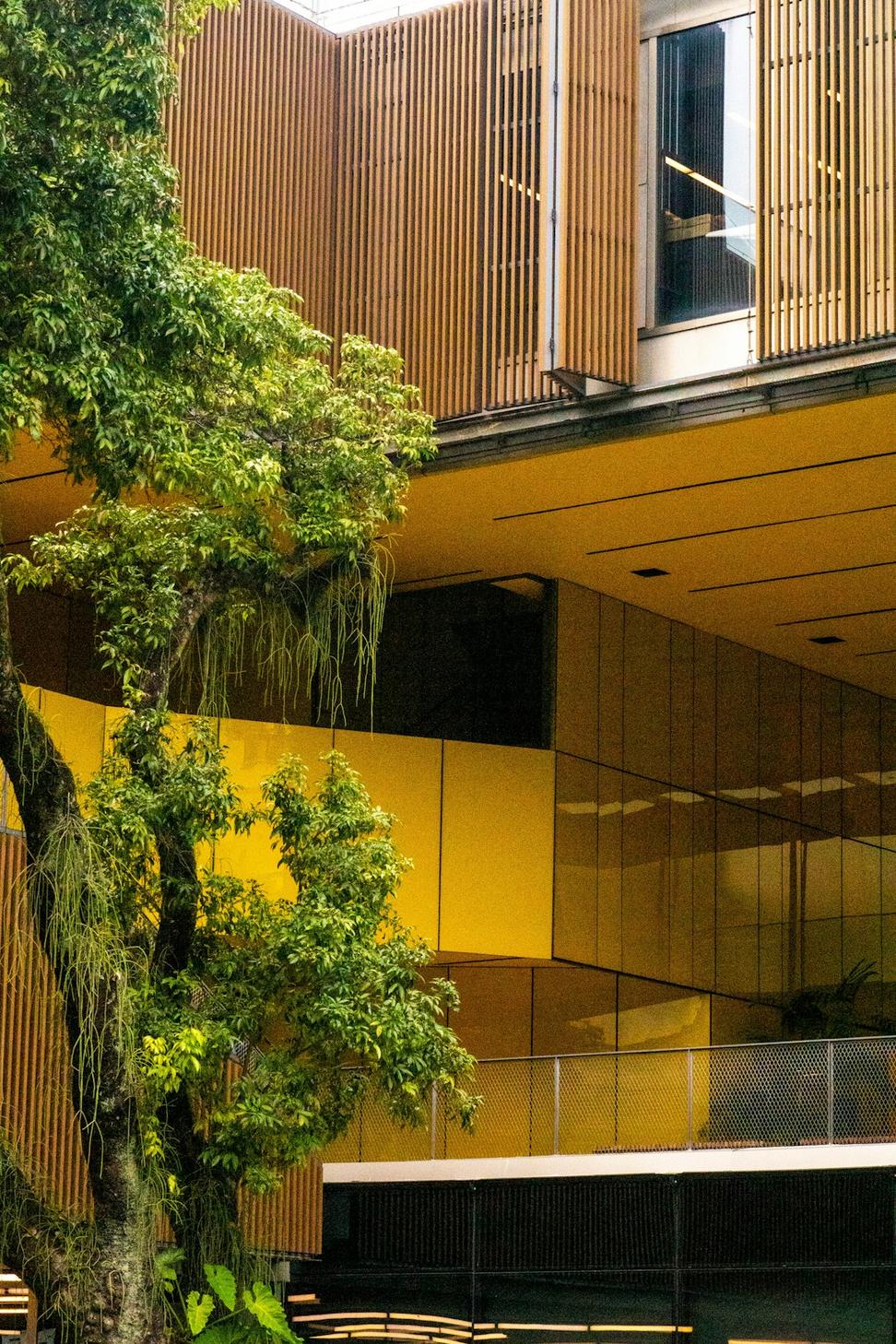
Whether you're building new or restoring something with history, sustainability doesn't have to be this overwhelming thing. Here's what you can actually expect when you work with us:
We'll show you the upfront costs vs. long-term savings - no sugarcoating. Some green features pay for themselves in 5 years, others take 20. You deserve to know which is which.
Ontario and Toronto have grants, rebates, and tax incentives for sustainable building - we'll help you access what's available. It's bureaucratic stuff, but it can knock significant money off your project.
We model everything - energy use, daylighting, thermal comfort. Then we follow up after you move in to make sure reality matches our projections. If it doesn't, we figure out why.
Buildings should last decades, not years. We design for durability, adaptability, and resilience - because sustainable architecture isn't just about today's energy bill, it's about what works for the next generation too.
That's been our philosophy since day one. The planet doesn't care about our excuses - and frankly, neither should we. Every project's an opportunity to do better, and we take that seriously.